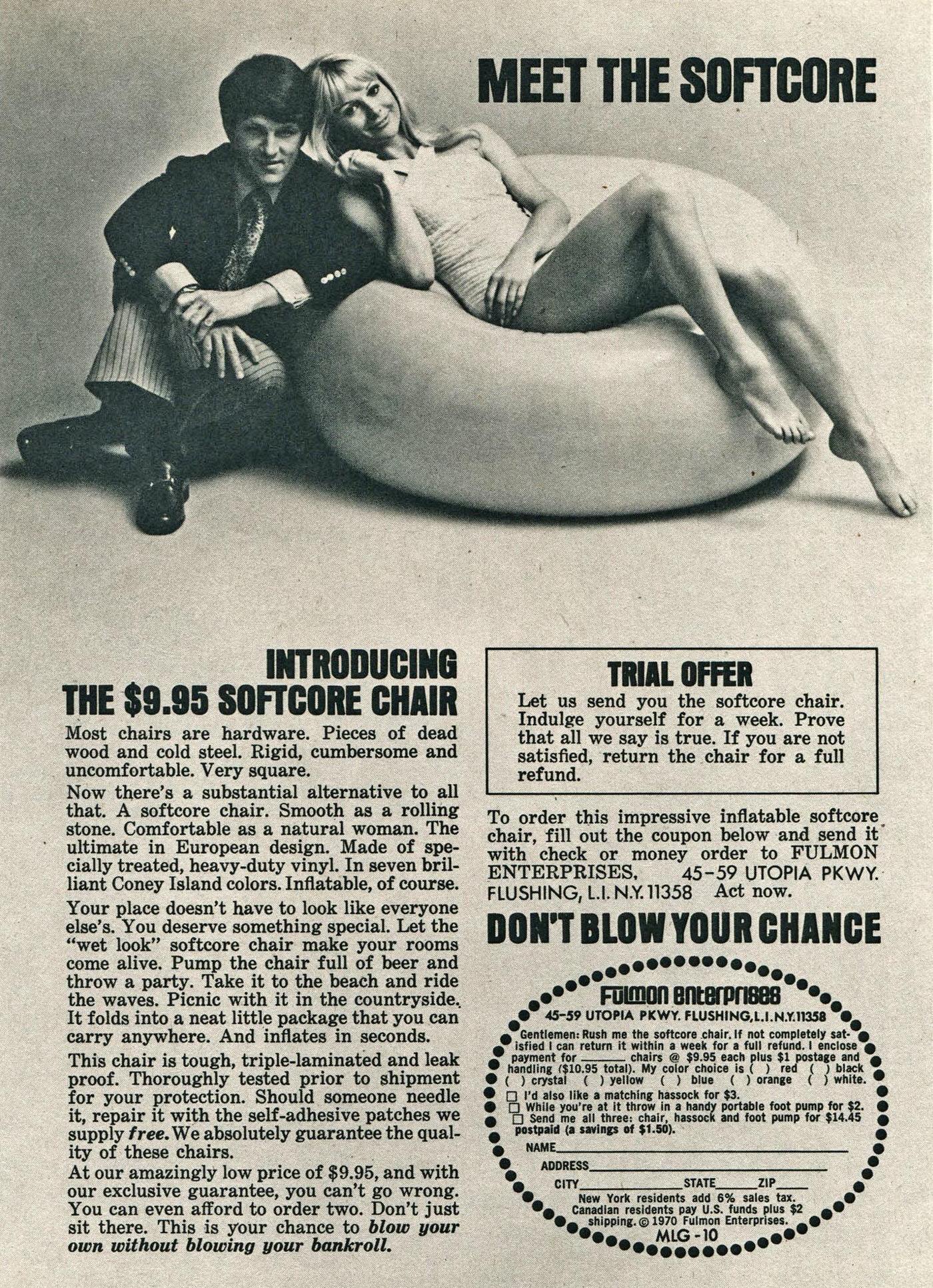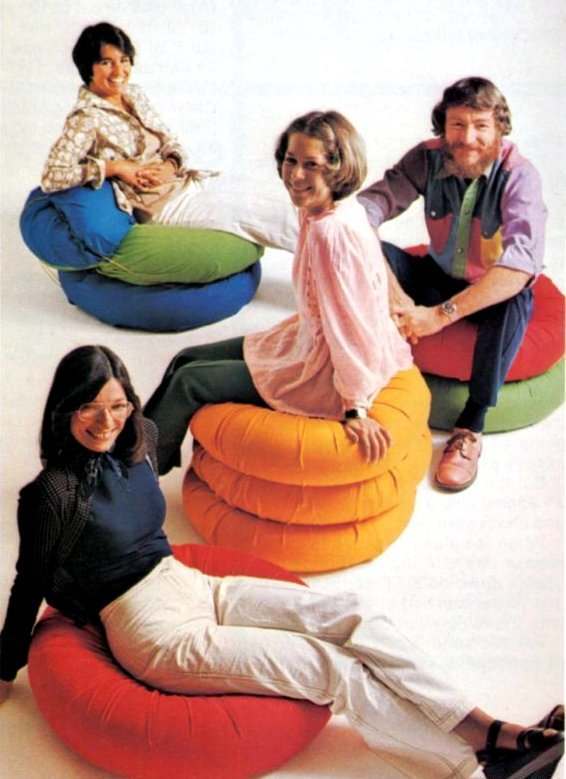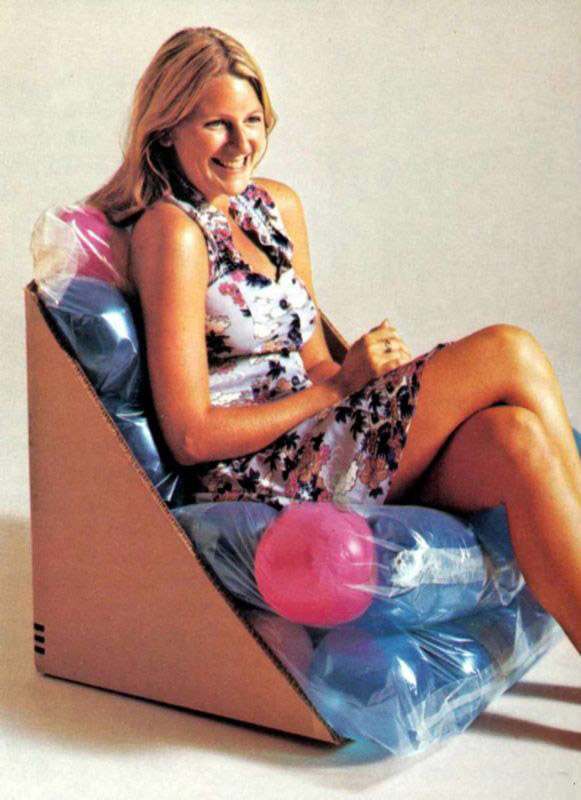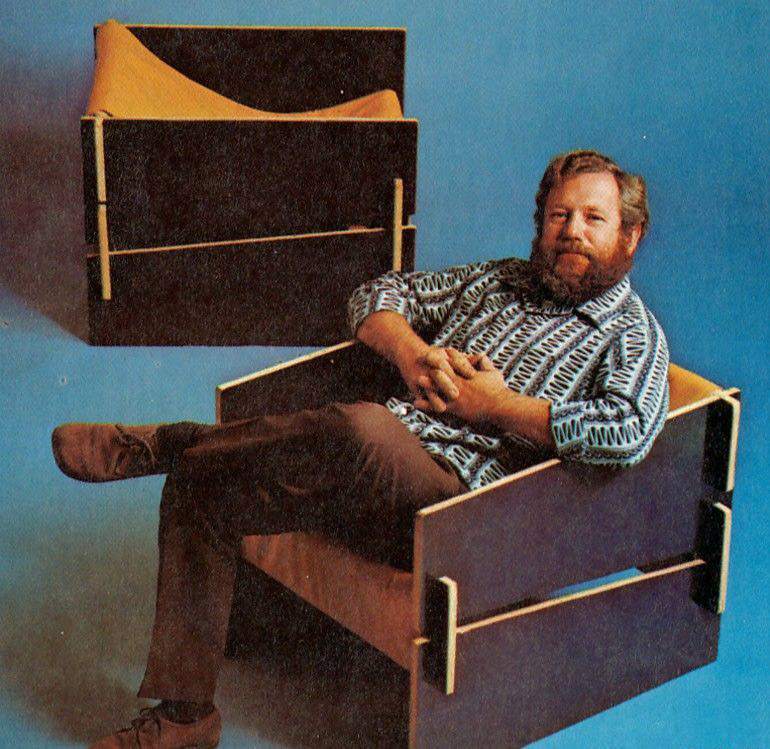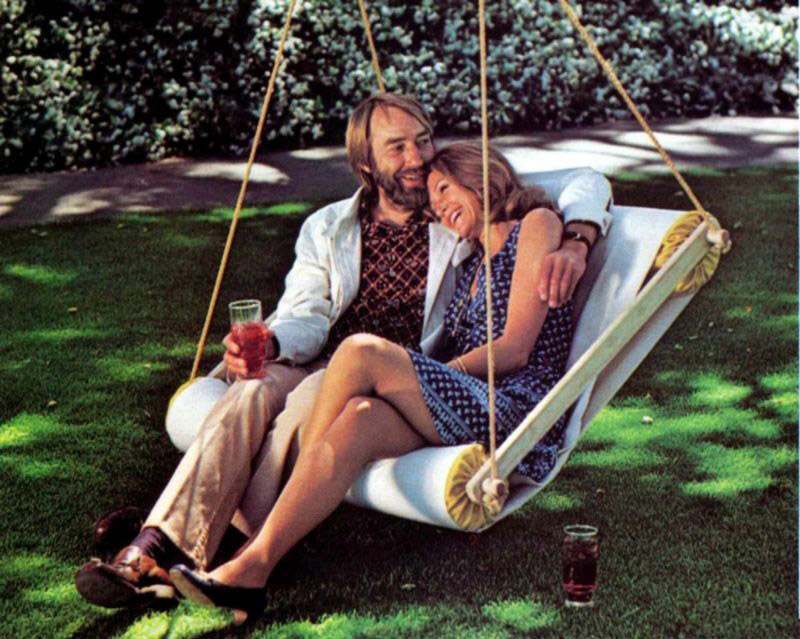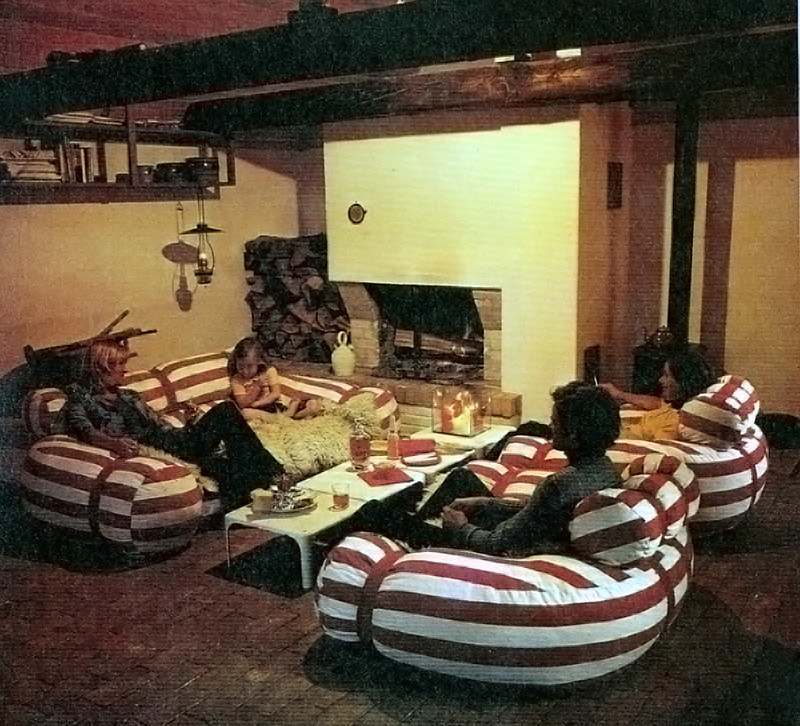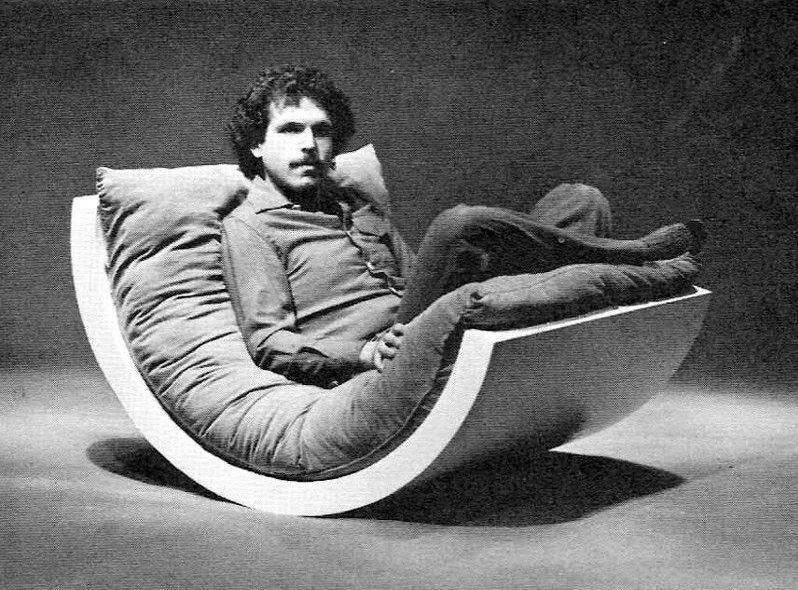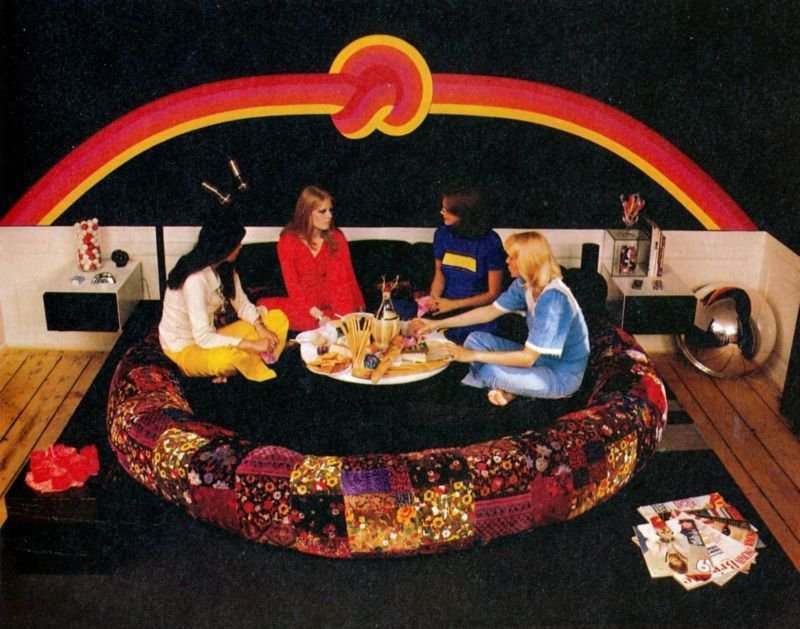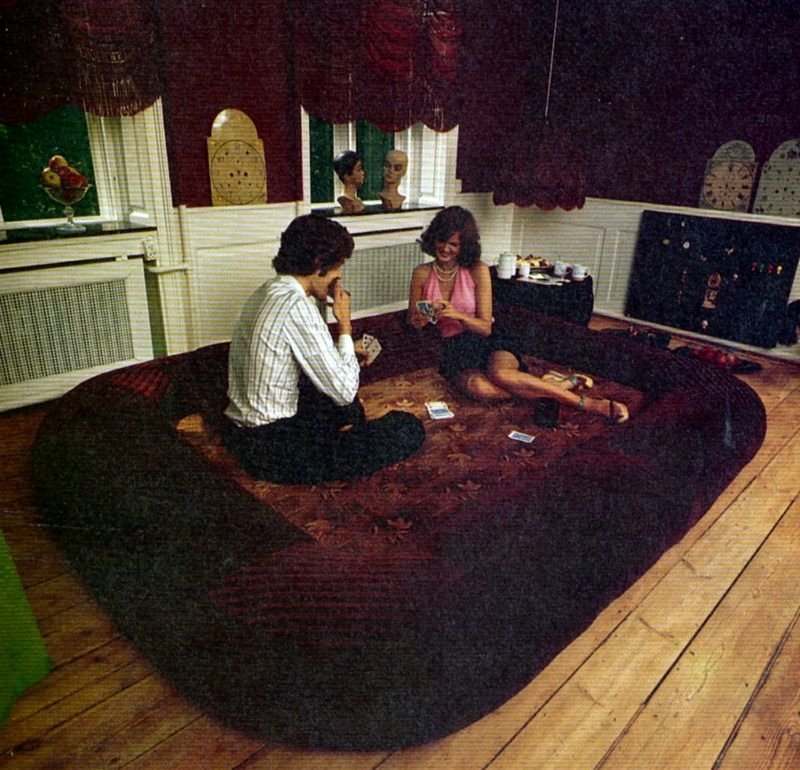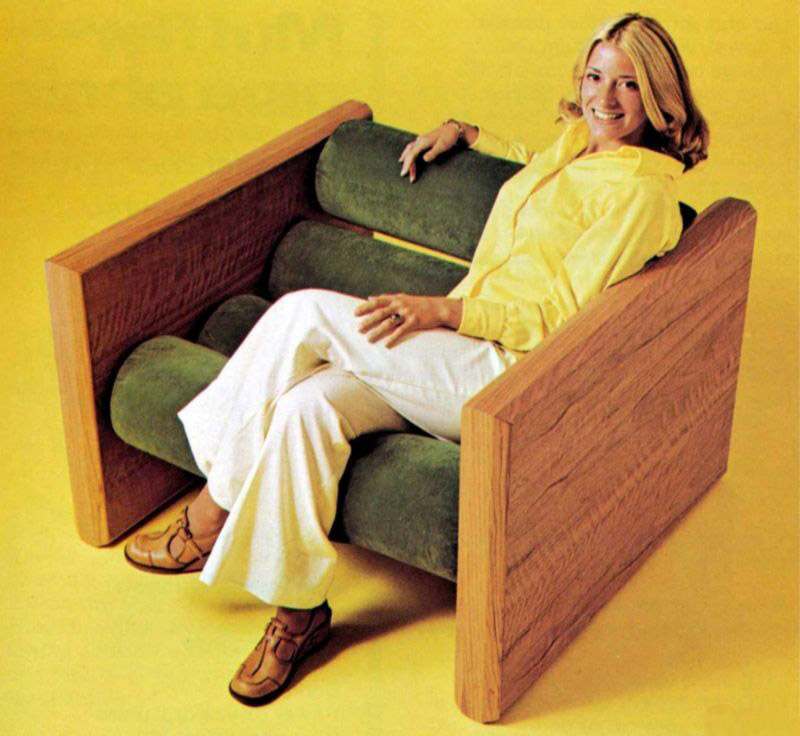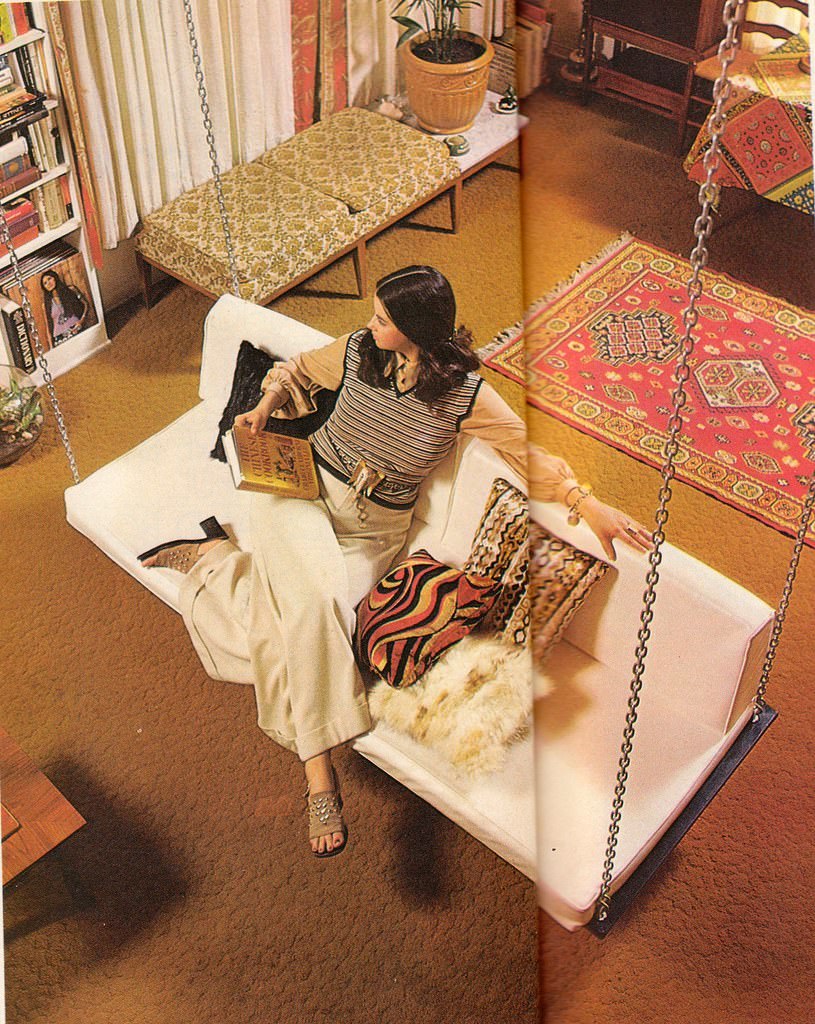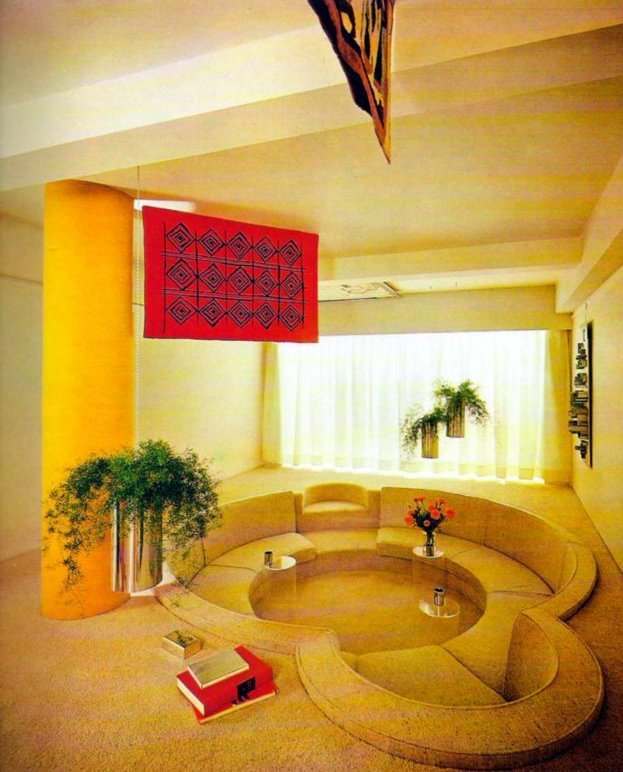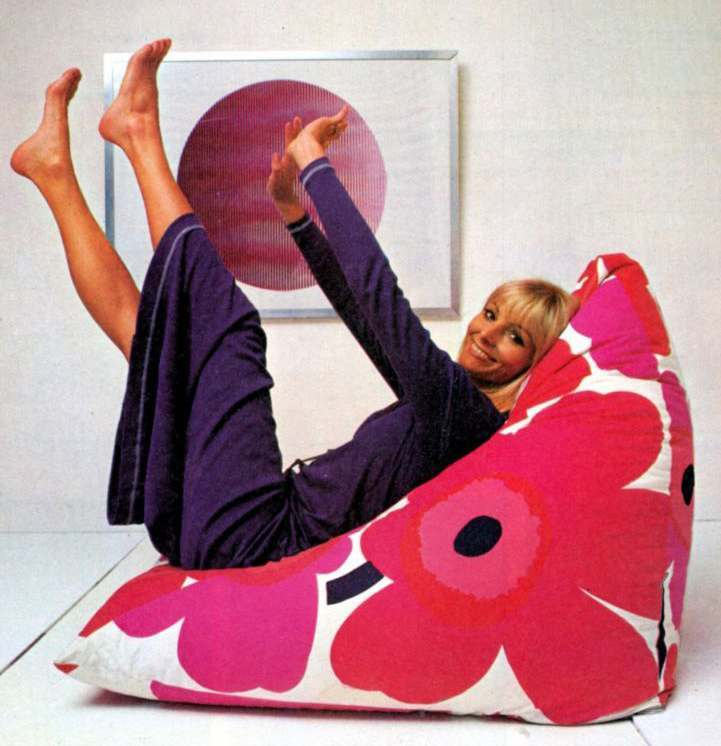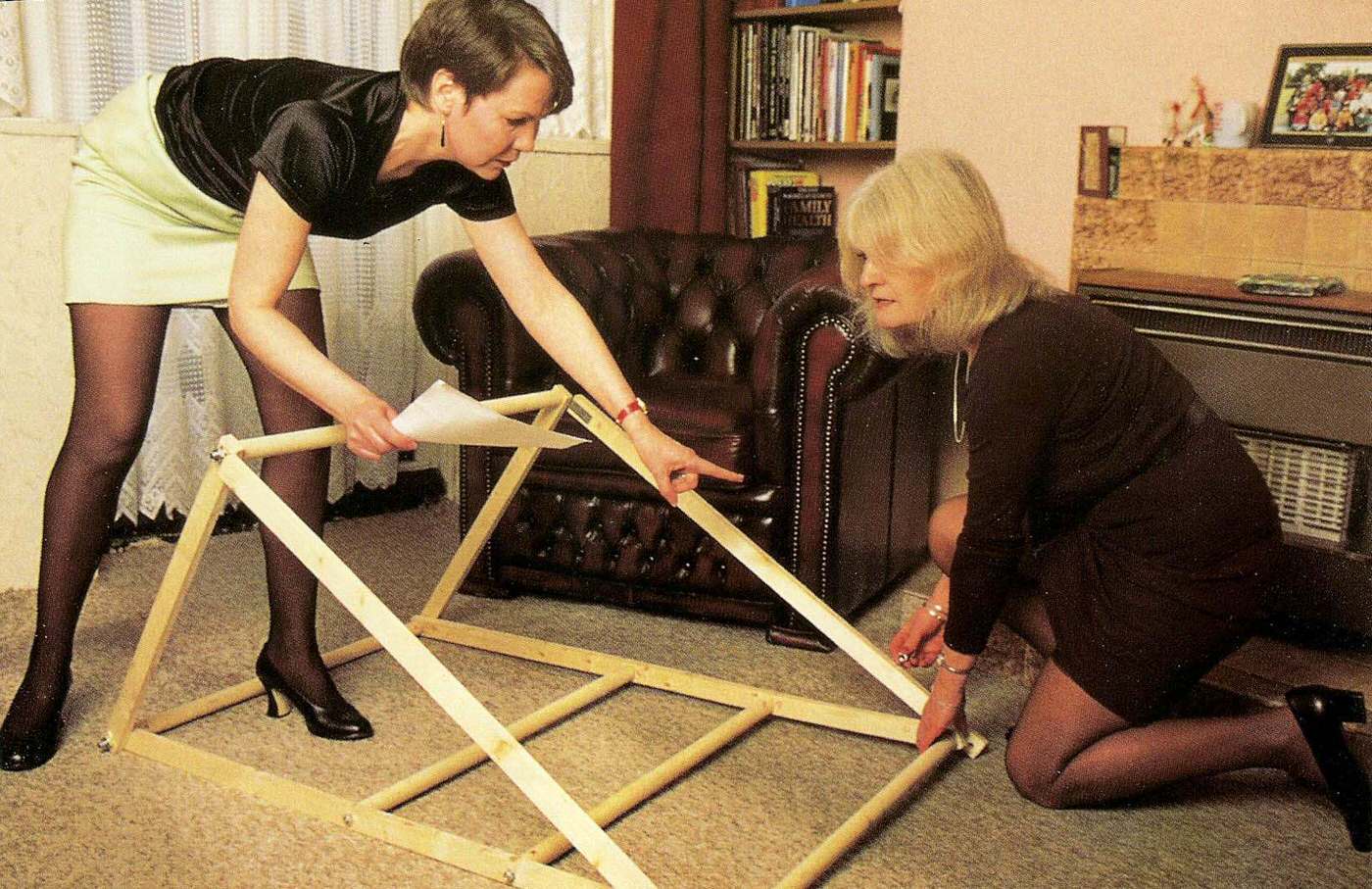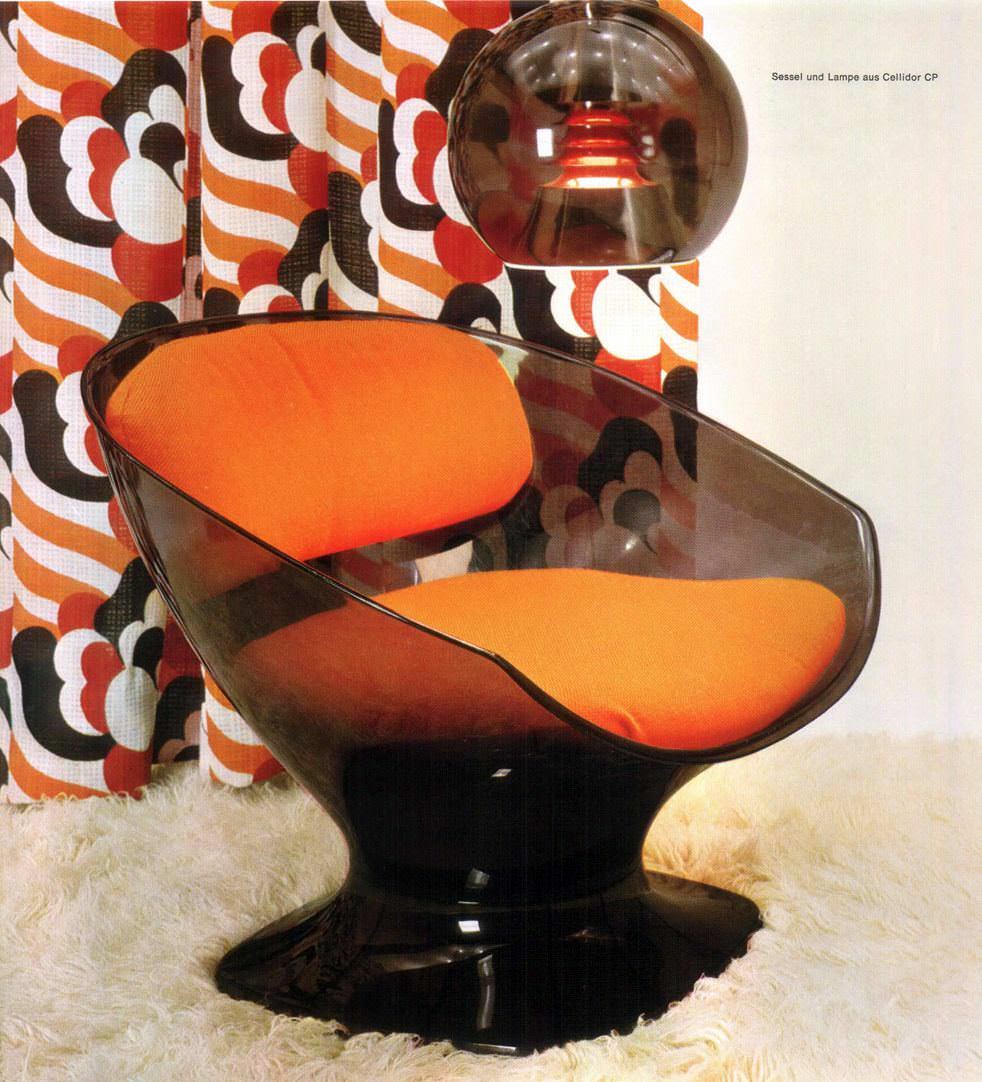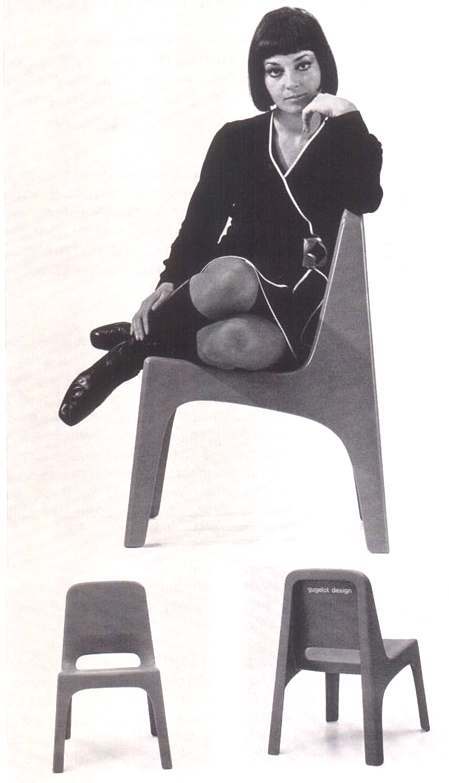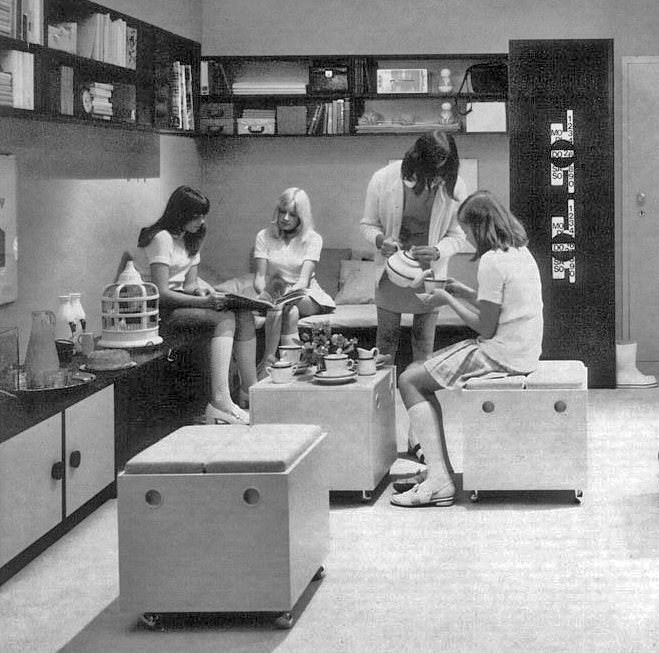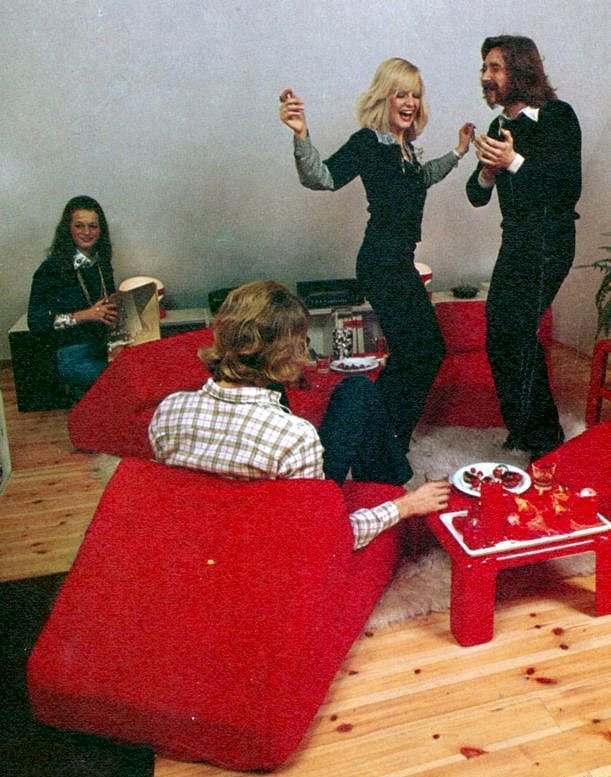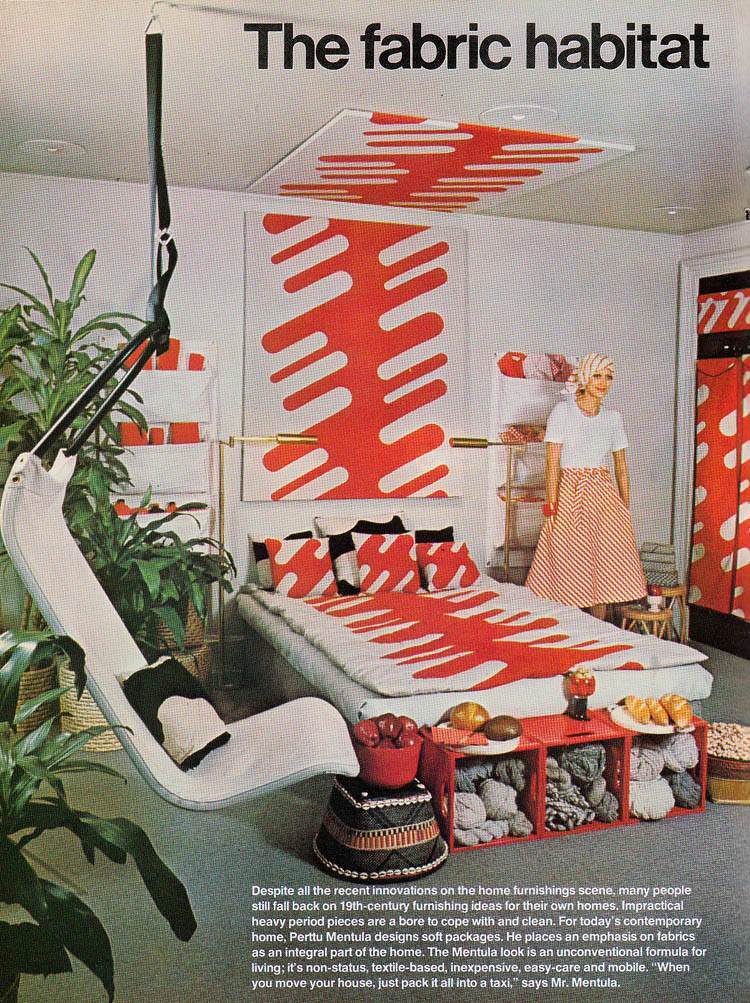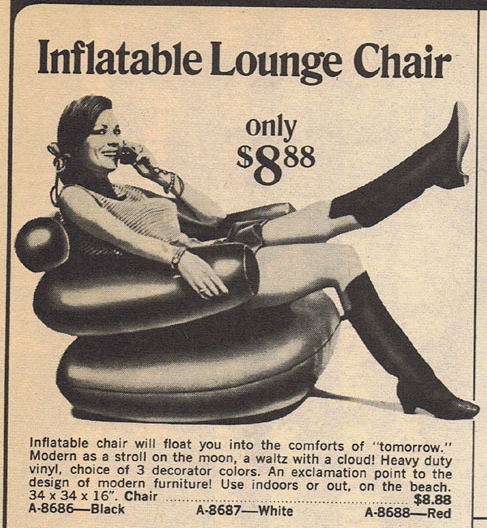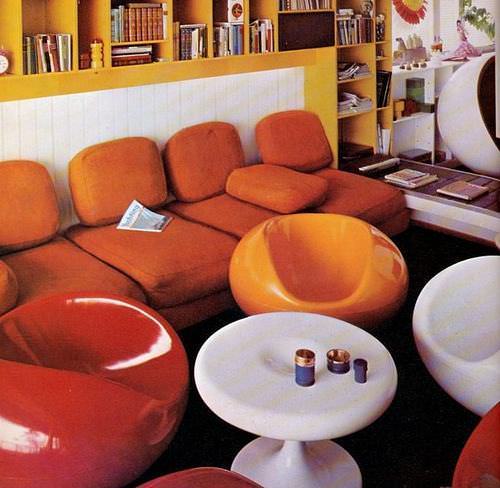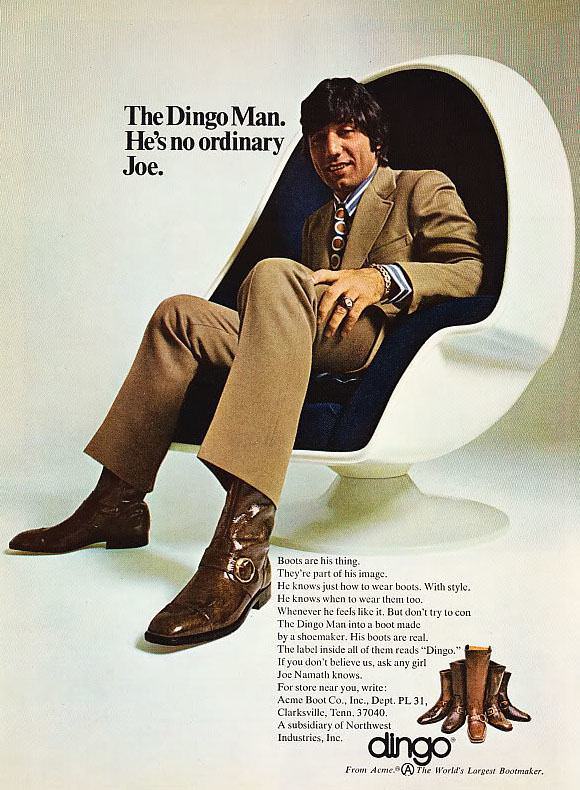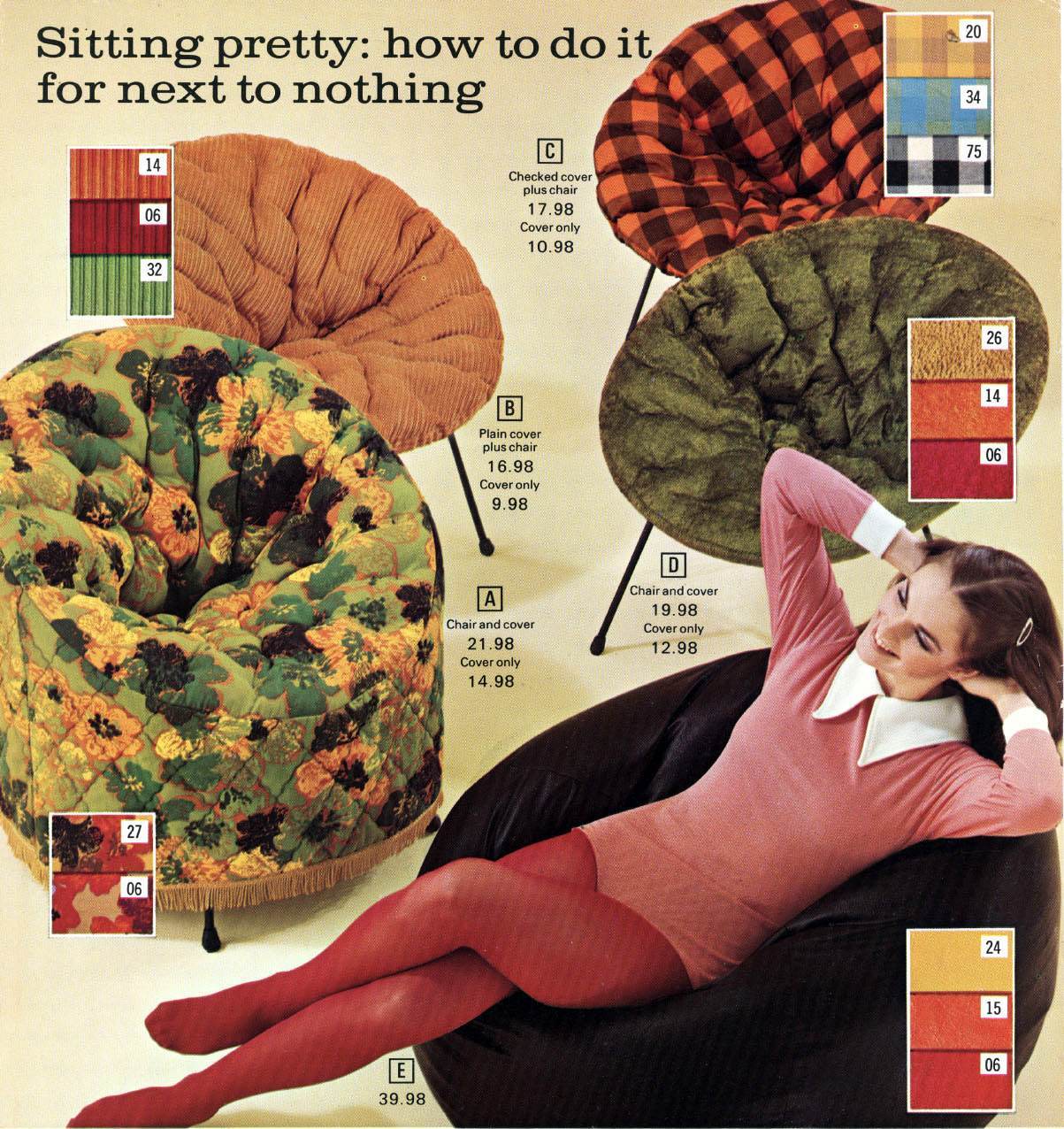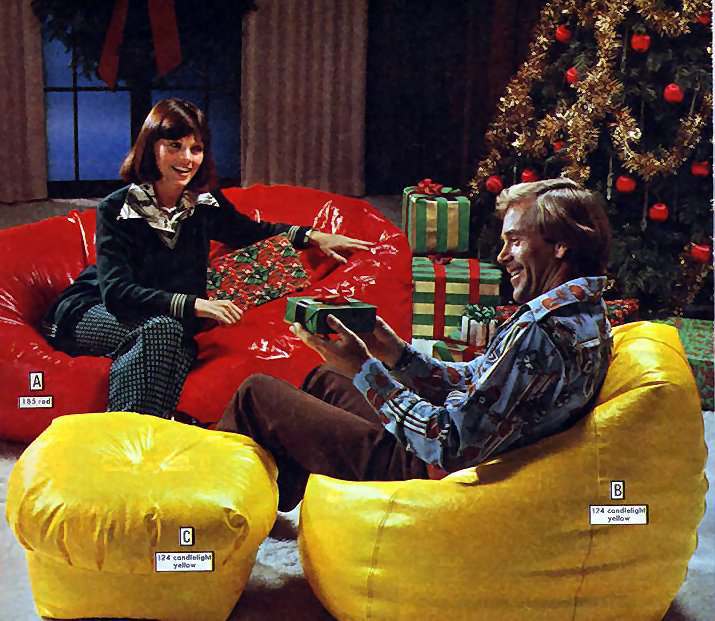The 1970s was a time when design saw a lot of experimentation. This was true for everything from clothing to cars, and it definitely applied to furniture and where people chose to sit. Designers during this decade explored new ideas, shapes, and materials, leading to some truly unconventional places to sit that were a big change from more traditional styles.
Seating in the Seventies often reflected a desire for furniture that felt more relaxed, informal, and visually exciting. Pieces were sometimes low to the ground, encouraging a more casual way of sitting. Materials that were new or used in new ways became common, moving away from only using traditional wood and upholstery.
One type of seating that became very popular was the beanbag chair. These were essentially large bags filled with small beads or foam pellets. They molded to the body when you sat in them, offering a relaxed and informal seating option that could be easily moved around a room.
Molded furniture also became prominent. Using materials like plastic or fiberglass, designers created chairs that were made from a single piece, often in smooth, flowing, or unusual shapes. These chairs came in bright, bold colors and had a distinctly modern or even futuristic look that fit the era’s fascination with new materials and technologies.
Read more
Low-profile seating was a major trend. Sofas and chairs sat very close to the floor, sometimes with large, plush cushions that were meant for lounging. This style encouraged a laid-back atmosphere in living spaces, moving away from formal upright seating.
A feature found in some homes was the conversation pit. This was a sunken area built into the floor of a living room or den, with built-in seating around the edges. It created a cozy, enclosed space for people to gather and talk, putting everyone at a similar level. It was a very specific and unconventional architectural feature focused on social interaction.
Some chairs experimented with unusual structures or materials, pushing the boundaries of what a chair could be made from or how it should be shaped. Designers explored ergonomic ideas, creating chairs with forms intended to support the body in new ways, sometimes resulting in shapes that looked quite different from standard chairs.
The fabrics used on upholstered furniture were also part of the funky look. Bold patterns, geometric shapes, and textures like shag carpeting were used not just on floors but sometimes on furniture as well, adding to the colorful and textured look of 1970s interiors.


